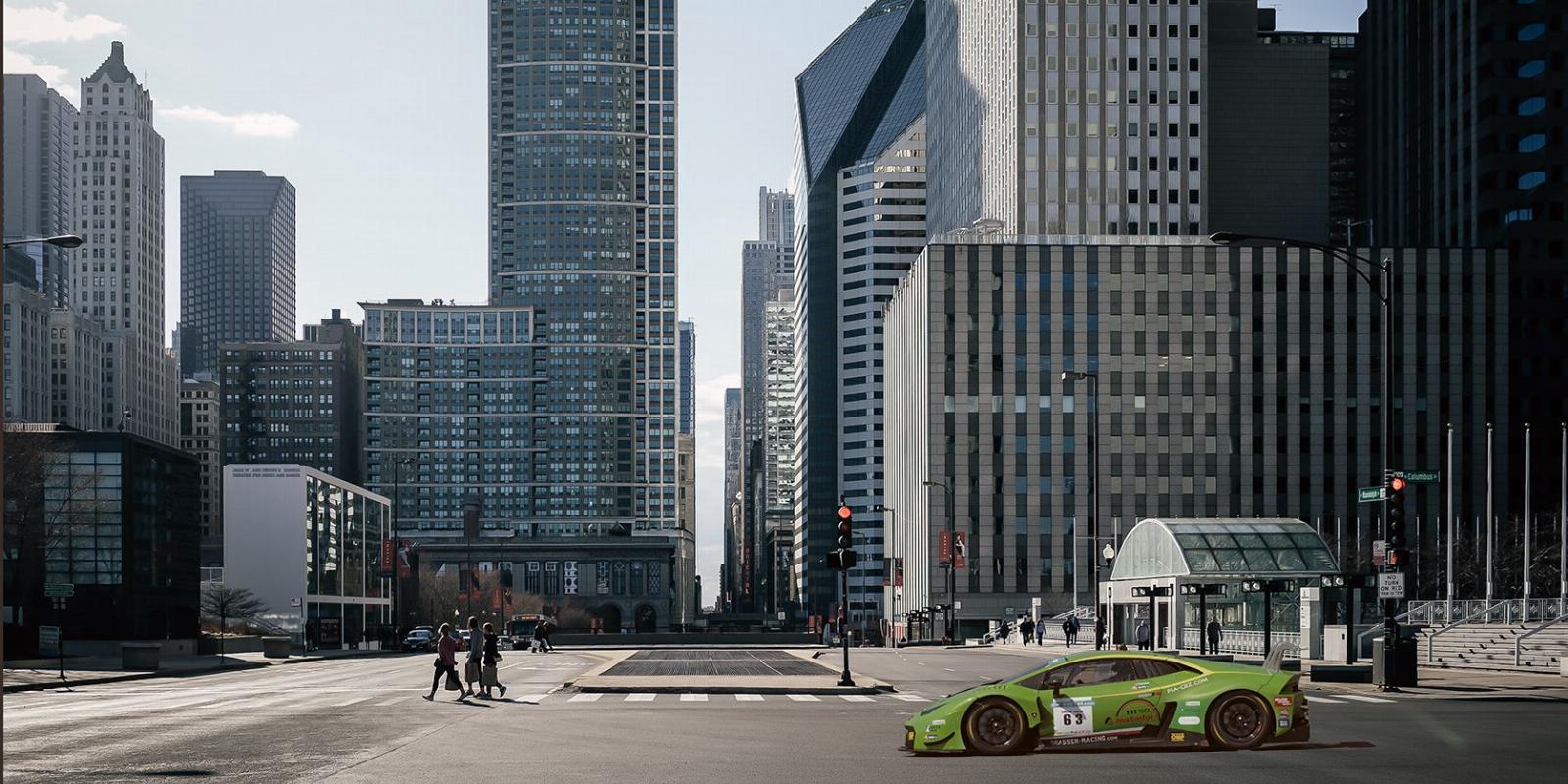
How to Make Realistic Composites Using the Harmonization Neural Filter In Photoshop
Reading Time: 3 minutesMaking realistic composites can be time-consuming. But the Harmonization tool in Photoshop makes it a breeze.
If you like to combine one or more images together in Photoshop to create composites, then you probably know that once your images are combined, the work has only just begun. In this tutorial, we’ll show you how to blend your images together using the Harmonization tool for a realistic composite.
Things to Consider When You’re Making Composites
There are several considerations when you make a composite. Apart from matching the size and perspectives of your introduced elements, you have to take into account the lighting, exposure values, contrast, and saturation.
In the above image, the sport car was added without making any changes to the car itself, and it doesn’t look like it belongs in the photo; it looks fake.
There’s a feature in Photoshop’s Neural Filters called Harmonization. This tool does most of the heavy lifting when it comes to blending images together to make them look natural. Let’s use the sports car as an example and take a look at how easy it is to incorporate Harmonization into your composite workflow.
If you need some help with basic compositing, we show you how to composite multiple images together in Photoshop.
Step 1: Isolate the Subject From the Background
It’s always best to combine images that have already been removed from their respective backgrounds. In this case, we want to isolate the sports car so that we can drop it right into the city scene in another Photoshop file.
We’ll use the Object Selection tool combined with the Lasso tool (to include the shadow) to get the job done. You can remove simple objects in Photoshop with just one click.
Next, we simply added a mask to the selection, and the background is removed from the car.
Now, we can drag and drop the sports car into our city scene.
Step 2: Create a Smart Object and Resize the Subject
The next step is to convert the sports car layer into a Smart Object so that we can make edits to it that can be changed later.
We then used the Transform tool to resize the sports car to make it smaller and fit more naturally into the scene. There are several ways you can use Photoshop’s Transform tool to edit your photos.
Step 3: Use the Harmonization Neural Filter for a Natural Composite
To access the Harmonization feature, go to Filter > Neural Filters.
Locate Harmonization and toggle its switch to activate the feature.
Under Reference Image, go to Select Layer and choose the Background layer. If you have multiple images, you’ll see more options.
It will take a moment or two to process the image. Experiment with the sliders to make your subject match the background. For this example, we boosted the Strength to 100, increased the Blue slider, and decreased the Saturation and Brightness sliders. The slider settings will vary for different images and depending on your preferences.
The sports car now looks like it belongs in the city scene.
Next, you’ll have to decide on the Output. Since we’ve already created a Smart Object, choose Smart Filter from the dropdown menu and click OK.
For a final touch, we created Curves and Color Balance adjustment layers to help blend the city scene and the sports car together even more.
Since we’re using a Smart Object and adjustment layers, we can always go back and change the edits at any time.
Harmonization Makes Photoshop Compositing Fun and Easy
The Harmonization Neural Filter is a powerful tool when it comes to creating realistic composites in Photoshop. With just a few slider adjustments, you can create true-to-life composites in a matter of minutes.
Reference: https://www.makeuseof.com/photoshop-how-to-make-realistic-composites-harmonization-tool/
Ref: makeuseof
MediaDownloader.net -> Free Online Video Downloader, Download Any Video From YouTube, VK, Vimeo, Twitter, Twitch, Tumblr, Tiktok, Telegram, TED, Streamable, Soundcloud, Snapchat, Share, Rumble, Reddit, PuhuTV, Pinterest, Periscope, Ok.ru, MxTakatak, Mixcloud, Mashable, LinkedIn, Likee, Kwai, Izlesene, Instagram, Imgur, IMDB, Ifunny, Gaana, Flickr, Febspot, Facebook, ESPN, Douyin, Dailymotion, Buzzfeed, BluTV, Blogger, Bitchute, Bilibili, Bandcamp, Akıllı, 9GAG